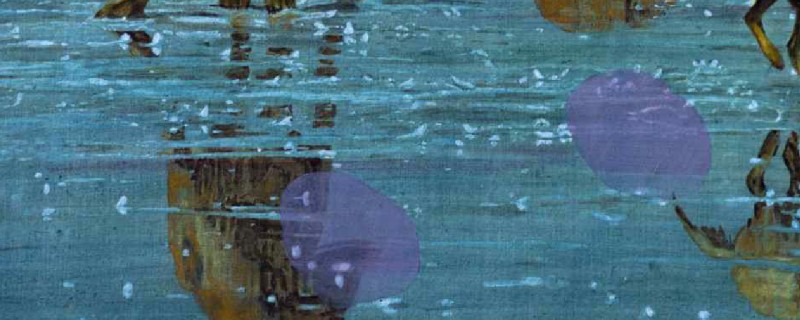Publikacja udostępniana jest na licencji Creative Commons.
In Sarah Ensor’s essay “Spinster Ecology: Rachel Carson, Sarah Orne Jewett, and Nonreproductive Futurity” (2012), the avuncular figure of the spinster figures a model of “queer ecocritical practice” and a “model of care that allows distance, indirection, and aloofness to persist and that transforms the vexed concept of ‘enoughness’ from a chastening limitation to a quietly affirmative state.” This talk explores how models of care involving a critical (or queer ecocritical) distance can provide a different frame of thinking for art and design, based in the idea of life economies and a life drive. Examples range from the 1950s new town of Harlow in Essex to Jacques Tati’s influential film Mon Oncle. The figures of the body and the other appear in this talk in ways that complement Prinz Gholam’s creative practice.
Tim Waterman is Professor of Landscape Theory and Inter-Programme Collaboration Director at the Bartlett School of Architecture, UCL. His research addresses imaginaries: moral, political, social, ecological, radical, and utopian. This forms the basis for explorations of power and democracy and their shaping of public space and public life; taste, manners, belief and ritual; and foodways in community and civic life and landscape. He is the author of The Landscape of Utopia: Writings on Everyday Life, Taste, Democracy, and Design and editor of Landscape Citizenships with Ed Wall and Jane Wolff, Landscape and Agency: Critical Essays with Ed Wall, and the Routledge Handbook of Landscape and Food with Joshua Zeunert.
-
07.09 – 03.11.2024Prinz Gholam
Prinz Gholam is the collaborative name of two artists, Wolfgang Prinz and Michel Gholam, who have been working together since 2001. Hailing from different cultural backgrounds — German (Prinz) and Lebanese (Gholam) — their art transcends national contexts. They draw inspiration from diverse cultures and eras, incorporating these elements freely into their work. Their creative practice encompasses performance pieces and choreographies staged in the presence of viewers or for the photographic or film camera, as well as large-scale drawings, stone sculptural objects, and distinctive masks, the latter influenced by the 2020 pandemic.
Zachęta – National Gallery of ArtZachęta
